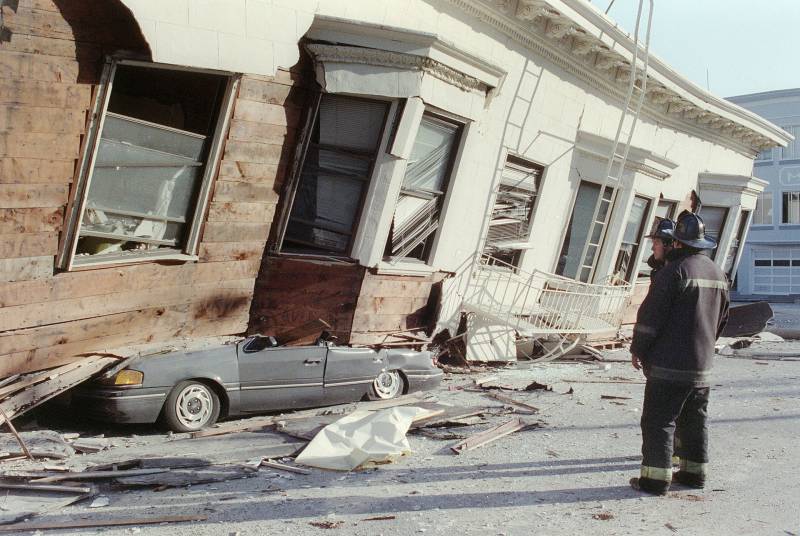The Board of Supervisors unanimously approved the measure last July, putting it on the ballot. Proposition B needs to win two-thirds of the vote to pass.
According to the city’s election guide pamphlet, the bond measure is endorsed by the San Francisco Firefighters Local 798 President Shon Buford, the San Francisco Democratic Party, former Mayor Willie Brown, State Treasurer Fiona Ma, State Assemblymember Phil Ting and San Francisco Assessor-Recorder Carmen Chu.
The San Francisco League of Pissed Off Voters, a group of young progressives who are sometimes at odds with the city’s establishment, endorsed the measure in their Pissed Off Voter Guide:
“With climate catastrophe in the form of fires now ‘the new normal’ and a catastrophic earthquake being a possibility any day, we’re fine to support this bond to keep our fire stations and other infrastructure in tip-top shape. A lot of these programs and facilities support general emergency preparedness too, which we like.”
There is no recorded opposition to the measure, according to the voter guide.
But SPUR, dinged the measure for not identifying which or how many facilities would be retrofitted. “As a result, we don’t know how much closer this level of investment would bring the city toward its overall seismic performance targets,” SPUR’s voter guide says.
Still the San Francisco-based planning and urban research think tank encouraged voters to vote yes on the bond.
San Francisco Republicans took no position on the proposition in their voter guide.
Where the Money Will Go
Here’s how Breed’s office says the money will be spent:
- $275 million to pay for seismic retrofitting at fire stations and training facilities; another $121 million to retrofit police stations
- $153.5 million to fix deteriorating cisterns, pipes and tunnels that are part of an aging high-pressure water system the city uses to fight fires
- $70 million for upgrades to the city’s disaster response facilities
- $9 million for the Department of Emergency Management’s 9-1-1 call center to improve its ability to field an inundation of emergency calls after an earthquake
Emergency Water System
In 1906, the San Andreas Fault ruptured, and the earthquake that practically destroyed San Francisco still resonates as one of the most significant temblors of all time. Following the shaking from the quake, fires that ignited after gas lines ruptured whipped across the city, causing most of the destruction.
In the wake of the disaster, San Francisco installed pipes with pressurized water throughout the city, which firefighters can access to battle blazes.
But after the Loma Prieta earthquake in 1989, as fire spread across the Marina, the water system shut down.
Today, the system protects San Francisco’s densest neighborhoods, but the Bayview, Sunset, Richmond and other neighborhoods are “inadequately protected,” according to a 2019 San Francisco Civil Grand Jury report. Money from Proposition B would go toward improving the system.
Scientists with the United States Geological Survey estimate there is a 72% likelihood that at least one earthquake of magnitude 6.7 or greater would strike the Bay Area in the next 30 years.
A $412 million earthquake bond passed in 2010, as did a similar $400 million bond in 2014.
The money paid for an assessment and retrofits to some neighborhood firehouses and district police stations, as well as, upgrades to the water system and the construction of the city’s Public Safety Building in Mission Bay, which opened in 2015.
